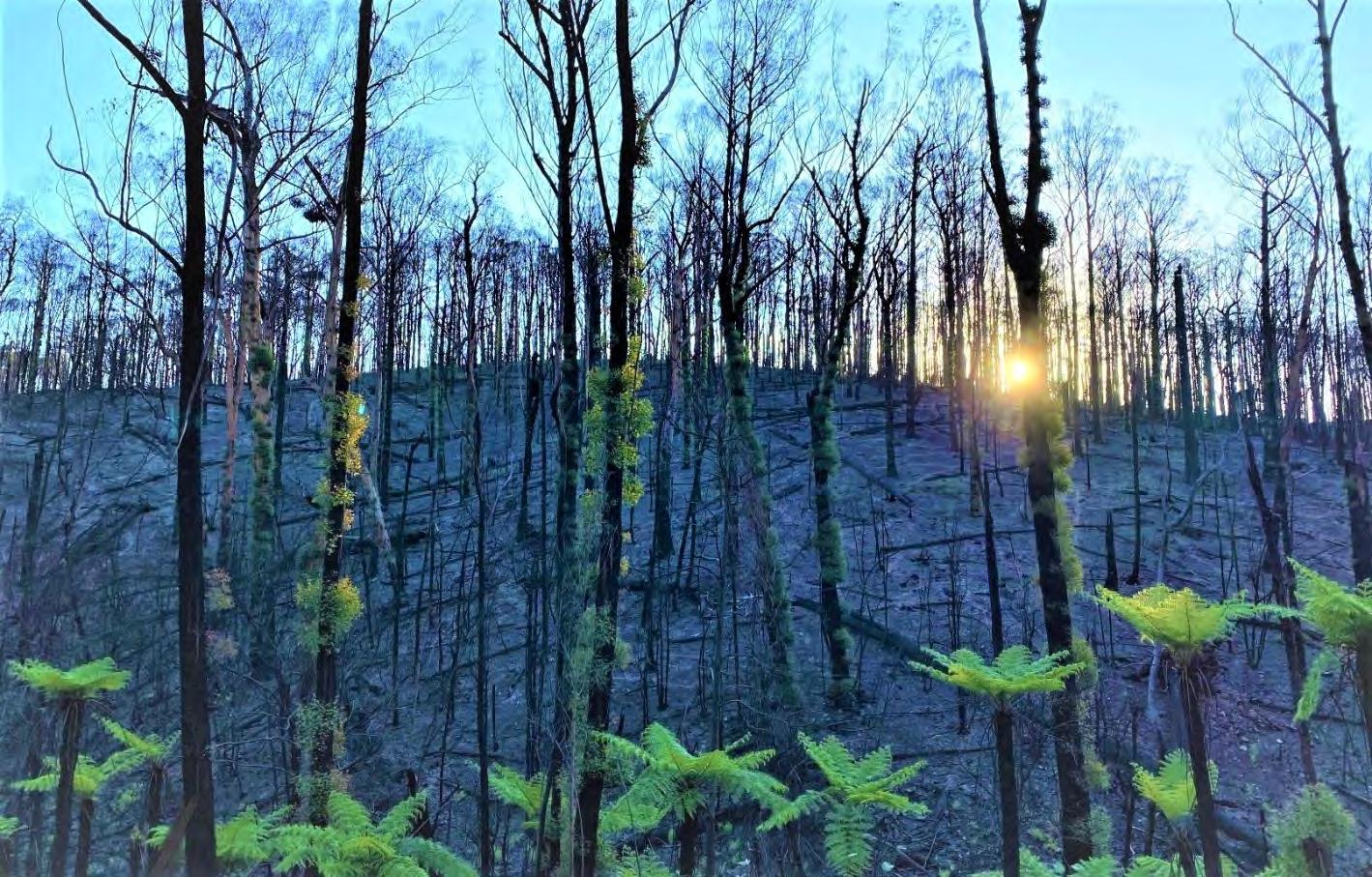
2 minute read
Understanding risk levels and risk reduction targets
These include:
understanding risk levels and risk reduction targets land and fuel management capacity considerations for prolonged events shared responsibility opportunities to build on the provision of public information
the effectiveness of Victoria’s Code Red Day arrangements the impact of declaring a State of Disaster widespread evacuation of regional towns and communities isolated towns and communities
command and control arrangements collaboration between the emergency management sector, the private sector, interstate, Commonwealth and international partners the impacts of climate change.
There are two critical elements to bushfire risk in Victoria. The first is to understand it. Bushfire remains the principal risk to life, property and community infrastructure. This is well understood by the State and significant resources are devoted on an ongoing basis to mitigating against, preparing for, responding to and recovering from bushfires. A significant effort has been undertaken in Victoria over the past 30 years to encourage a deeper individual understanding of the risk that bushfire poses to everyone in our community. The State – and Country Fire Authority (CFA) in particular – has devoted significant energy and resources to elevating the consciousness of those who live in bushfire-prone areas to the risks they face. This has included extensive public information campaigns including television, radio and print advertising, and increasingly sophisticated use of social media. Tailored and targeted community engagement programs have been undertaken for almost 30 years and continue to evolve. All of these activities are aimed at highlighting, explaining and engaging people in the bushfire risk to the community. Despite this strong effort it is clear from this Inquiry that community members have a variable understanding of bushfire risk and how it relates to their lives. This effects their ability to own and accept that risk – the second and in many ways most import element. Only when people accept that they themselves are at risk, can there be an expectation that they will act to mitigate effects through prevention and preparedness measures when that risk is translated into an actual threat. Risk acceptance includes not just those who live in areas where bushfires are likely but everyone who works in, travels through or holidays, in such locations. No matter what measures are taken there will always be a level of residual risk. In practical terms it is no more possible to eliminate the risk of fire from the Victorian landscape than it is to guarantee no Victorian will be involved in a motor vehicle accident. There are however measures that can be taken to minimise and mitigate that risk up to a point. The concept of residual risk is explored in some detail in the report in the context of fuel management. FFMVic has achieved its residual risk target of 70 per cent for three consecutive years resulting in bushfire risk reduction on public land that aligns with the objectives set for the public land fuel management program. The question remains as to whether this target is appropriate, how it might be improved to address both public and private land risk and at what economic, environmental and social cost.










